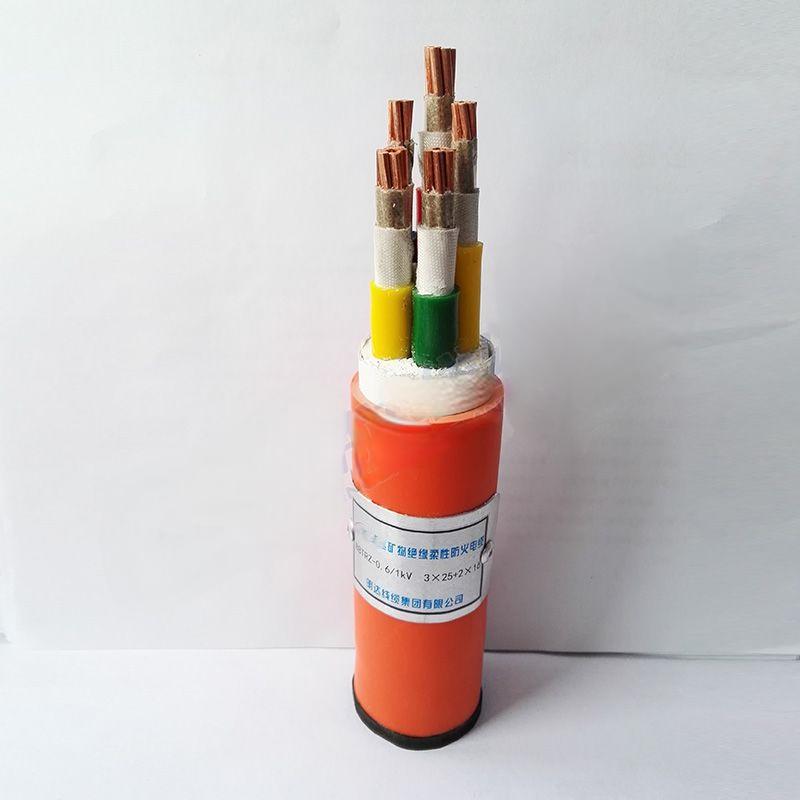Dec . 15, 2024 02:51 Back to list
Understanding Air Compressor Safety and Function of Release Valves for Efficient Performance
Understanding Air Compressor Release Valves An Essential Component for Safe Operation
Air compressors are invaluable tools in various industries, from construction to automotive repair. They provide compressed air for a myriad of applications, including powering pneumatic tools, inflating tires, and even in refrigeration systems. However, the complex machinery behind air compressors features critical components that ensure safety and efficiency, one of which is the release valve.
What is an Air Compressor Release Valve?
An air compressor release valve, often referred to as a safety valve or pop-off valve, is a safety mechanism designed to relieve excess pressure that builds up in the compressor's tank. Air compressors operate by sucking in air and then compressing it, causing the air molecules to become densely packed. While this compression is necessary for the air to be useful, it also presents a risk; if the pressure exceeds the system's safe operating limits, it can lead to catastrophic failures, including burst tanks or equipment damage.
How Does It Work?
The release valve is typically installed near the air tank and is calibrated to open at a predefined pressure limit. When the air pressure inside the tank reaches this threshold, the valve automatically opens, allowing excess air to escape. This process not only prevents dangerous over-pressurization but also enables the compressor to maintain optimal working pressure, enhancing overall performance.
When the pressure drops back down to a safe level, the valve closes again, ensuring that the system remains airtight and functional. The mechanism of action is simple yet critical; it acts as a fail-safe to protect users and equipment.
Why is the Release Valve Important?
1. Safety The primary purpose of the release valve is to ensure safety. Compressor tanks can withstand only a certain amount of pressure. If this limit is exceeded, the consequences could be dire. A release valve mitigates this risk by providing a fail-safe that automatically regulates pressure.
air compressor release valve

2. Equipment Longevity By preventing over-pressurization, release valves help prolong the life of the compressor and its components. Excess pressure can cause wear and tear, leading to costly repairs or replacements.
3. Efficient Operation Maintaining optimal pressure levels is essential for efficient operation. A release valve helps in achieving this balance, ensuring that the compressor functions effectively, thus improving energy efficiency and reducing operational costs.
4. Compliance In many regions, regulations require the installation of safety valves in compressors. Compliance with these standards is necessary to avoid legal repercussions and maintain workplace safety.
Maintenance of Release Valves
To ensure that the release valve functions correctly and efficiently, regular maintenance is essential. Here are some tips for keeping your release valve in optimal condition
- Regular Inspection Check the release valve regularly for signs of wear or damage. Look out for corrosion, which can affect its functionality. - Testing Periodically test the valve to ensure it opens at the appropriate pressure. This can often be done by using a pressure gauge. - Cleaning Dust and debris can accumulate around the valve, potentially hindering its operation. Regular cleaning is essential to keep it in good working order. - Replacement Over time, even the best valves may need to be replaced. If you notice any persistent issues, consult the manufacturer’s guidelines and consider replacing the valve.
Conclusion
In conclusion, the air compressor release valve is a vital component that ensures the safe operation of air compressors. By preventing over-pressurization, it helps safeguard both users and equipment, prolonging the life of the compressor and improving its efficiency. Regular maintenance of this crucial safety mechanism not only enhances operational effectiveness but also ensures compliance with safety standards. Understanding the role and importance of the release valve can make a significant difference in the operation of air compressors across various industries.
Share
-
Reliable Wafer Type Butterfly Valves for Every IndustryNewsJul.25,2025
-
Reliable Flow Control Begins with the Right Ball Check ValveNewsJul.25,2025
-
Precision Flow Control Starts with Quality ValvesNewsJul.25,2025
-
Industrial Flow Control ReliabilityNewsJul.25,2025
-
Engineered for Efficiency Gate Valves That Power Industrial PerformanceNewsJul.25,2025
-
Empowering Infrastructure Through Quality ManufacturingNewsJul.25,2025